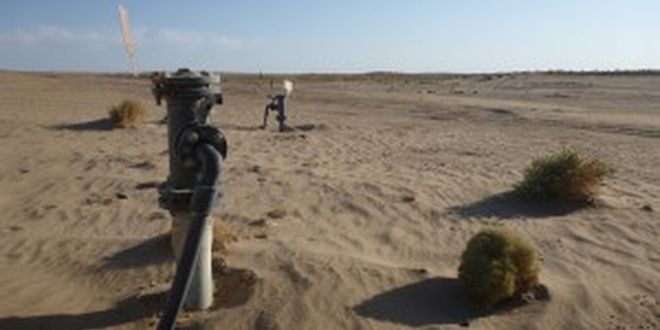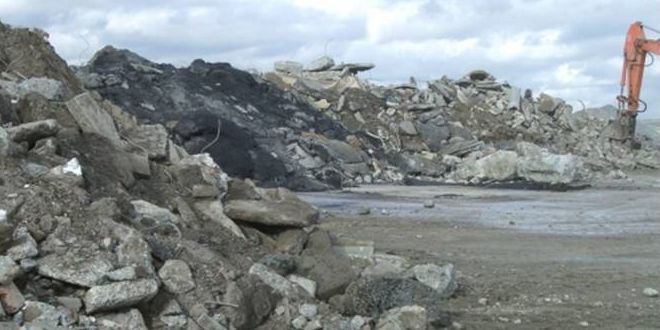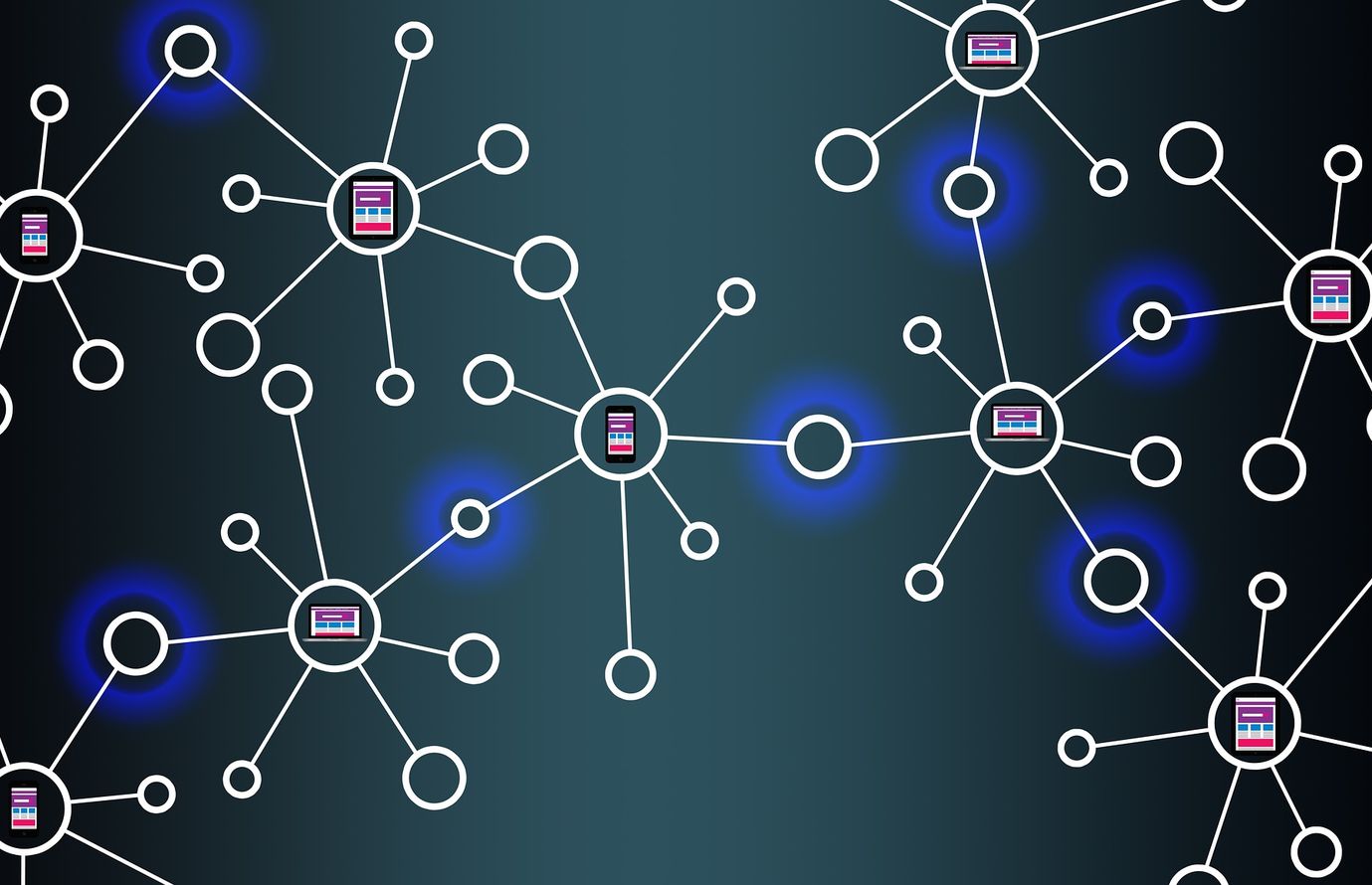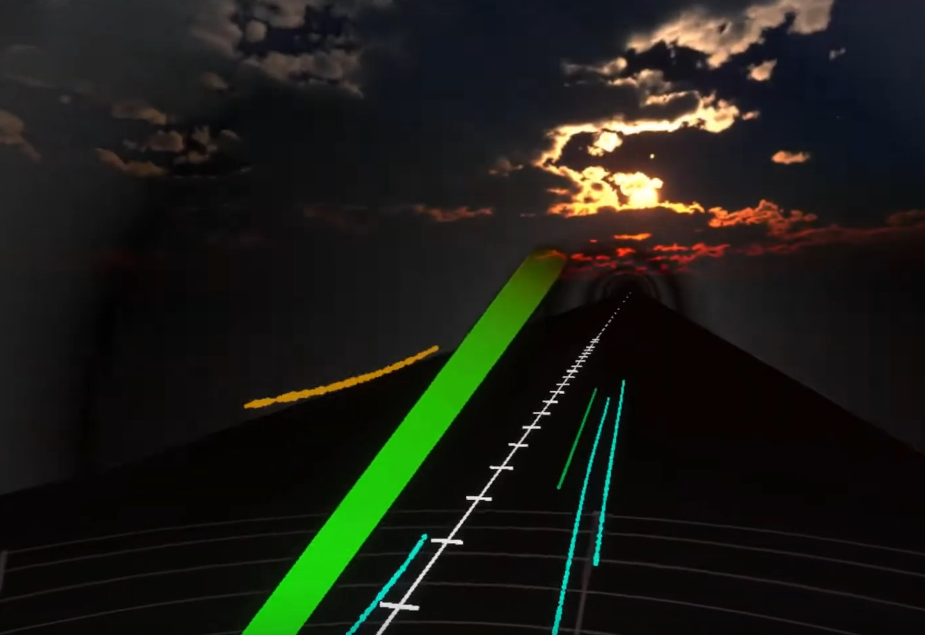All aboard for security
With France’s rail transport market opening up to competition, the SNCF’s security work is also becoming a service. This transformation raises questions on how security as an activity is organized. Florent Castagnino, Sociology researcher at IMT Atlantique, has studied how this service can adapt.
2021 saw private train companies newly authorized to operate on French rails, previously monopolized by the SNCF. As well as opening its rail system to the competition, the state-owned company plans to offer security services to other companies. In the railway sector, “security is defined as the prevention of antisocial acts such as theft, fraud, attacks and assaults, whereas safety relates to the prevention of accidents such as issues with points or signals,” indicates Florent Castagnino, sociology researcher at IMT Atlantique.
While security is a preventive activity, it is also a commercial one. With the market opening up to competition, security services are sure to also become a profitable venture. This raises the question of whether a company prepared to pay more than another could obtain better security provision for its journeys and routes. Furthermore, with security guards in train stations, a company will not only regulate acts of malevolence but also reassure passengers. “Even if the trains are secure, a company may wish for agents to patrol the platform or on the train to enhance its brand image,” states Castagnino.
However the sale of security services to competing companies is a challenge for the distribution of agents across France. While certain stations or regional train lines may wish to purchase such services, they might not have access if there is too much demand from other companies or in other regions. Even if the SNCF security department is one of the departments that increases its workforce most regularly, “the question arises of how decisions will be made,” explains the researcher.
Representing complex problems
The distribution of personnel across the country represents a challenge due to the limited number of agents, but it also shows that delinquency is handled purely geographically. Analysis of databases of police reports and calls to emergency services from railway patrols and workers reveals the frequency of malicious acts, their nature and the place in which they occur. Using this information, patrols are sent to stations with the highest number of criminal acts reported.
Typically, if there are more malicious acts reported on line A than line B, more agents will be sent to line A. In this case, database analysis automatically ignores the multiple, complex origins of delinquency, focusing only on the phenomenon’s geographic aspect. As causes of delinquency are considered external to railway companies, they cannot take action as easily as for safety issues, which often have causes considered internal. This means that they are simpler to identify and resolve.
For Castagnino, making use of “databases for delinquency prevention means we imitate the way we handle accidental problems”. From the 90s, “there was a desire to make security more concrete, partly by using a model for the way in which we manage accidents,” continues the researcher.“This can be explained by the decision to apply the methods that work in one area, here safety, to another, in this case, security,” he adds. In the case of safety, if a technical fault such as a signaling failure is regularly reported on a certain kind of equipment, maintenance agents will be sent to repair the traffic lights on the railways concerned, and a general servicing of the equipment may be ordered. For security, if there is a station with many incidents reported, agents from the security department may be sent to the site to address the delinquency problem.
Regulatory surveillance
Most of the time, agents perform rounds to control delinquency. Their simple presence is generally enough to calm potentially disruptive groups. In train stations, “security guards self-regulate and expect social groups to do the same,” explains Castagnino. In a way, they serve as an anchor for groups to control themselves. If that does not work, the security forces can intervene to regulate them. The young researcher calls this process ‘regulatory surveillance’.
If for example, in a station, one or several individuals from a group start to bother someone, the other members of the group will often return them to order, in particular to maintain their collective right to remain in the station, which is seen as an important relational link. Regulatory surveillance also concerns military security forces. They sometimes operate in the same stations regularly, which means they get to know the groups that hang around inside. If a new agent is tempted to act aggressively without a clear reason, their colleagues (who know the place) can dissuade them, explaining that their intentions are disproportionate in relation to the group’s actions. This kind of relationship makes it possible to preserve good relations between agents and civilians.
In recent decades, several terrorist attacks in trains (Madrid in 2004, London in 2005, Thalys in 2015) have raised the question of introducing airport safety measures to the rail system. In particular, SNCF has brought in certain practices used in airports, such as the use of metal detectors in certain stations (particularly for Thalys trains). France’s national railway company is constantly working on an approach to the objectification of security threats, and seeking to make use of advantages provided by new technological tools.
Rémy Fauvel
[box type=”shadow” align=”” class=”” width=””]
Improving surveillance through automatic recognition?
Projects are currently underway to equip surveillance cameras with automatic image processing software. This would allow them to recognize suspicious behavior. “For now, these techniques are sub-optimal,” points out Castagnino. Certain cameras “don’t work or don’t have good video quality, specifically because they are too old,” indicates the researcher. To implement this technology, the camera fleet will therefore need to be updated.
[/box]
[box type=”shadow” align=”” class=”” width=””]
Challenges to the SNCF in the 21st century
Castagnino’s research on rail systems is published in “La SNCF à l’épreuve du XXIe siècle”, a collective work that discusses shifts in the French railway system and its recent evolution from a historic perspective.
[/box]













Leave a Reply
Want to join the discussion?Feel free to contribute!